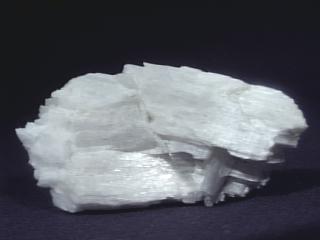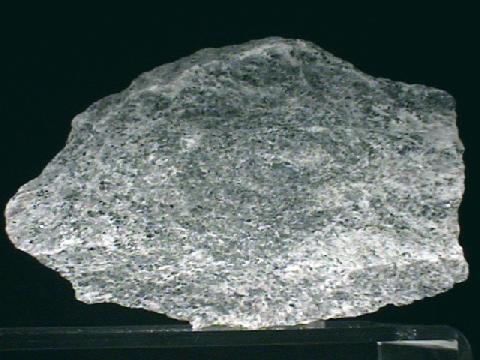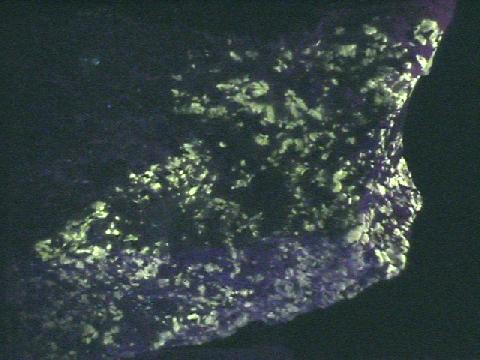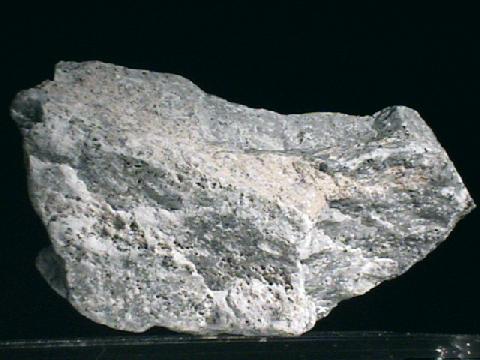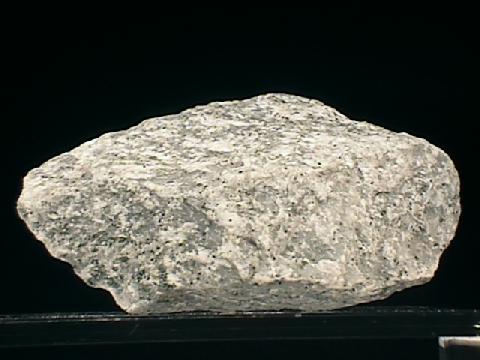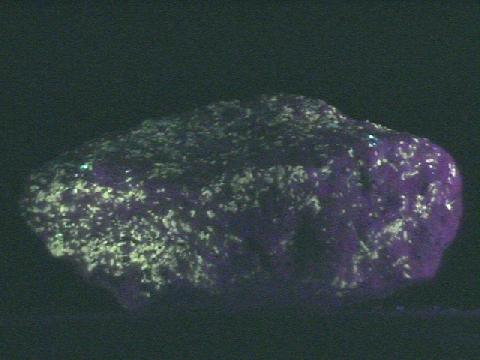 THE MINERAL WOLLASTONITE
THE MINERAL WOLLASTONITE
- Chemistry: CaSiO3 , Calcium Silicate.
- Class: Silicates
- Subclass: Inosilicates
- Group: Pyroxenoid
- Uses: In ceramics, as a paint filler and as mineral specimens.
Specimens
CaCO3 + SiO2 ----> CaSiO3 + CO2
Although not an "exotic" mineral, wollastonite has its uses. It is an important constituent in refractory ceramics (those ceramics that are resistant to heat) such as refractory tile and as a filler for paints. It is easily mined in some places where it is the major component of the metamorphosed rock. Mineral specimens can be interesting with their fibrous habit, pearly luster and some specimens, especially those from Franklin, New Jersey, will fluoresce.
Wollastonite is named for the English chemist and mineralogist W. H. Wollaston (1766 - 1828).
Its actual mineralogical name is wollastonite - 1T.
The 1T is for the Triclinic symmetry of the most common and first described wollastonite mineral.
The reason the 1T is needed is to distinguish it from the much more rare wollastonite - 2M, also known as
PHYSICAL CHARACTERISTICS:
- Color is typically white, colorless or gray.
- Luster is vitreous or dull to pearly on cleavage surfaces.
- Transparency: Crystals are generally translucent and rarely transparent.
- Crystal System is triclinic; bar 1
- Crystal Habits include rare tabular crystals but more commonly massive in lamellar, radiating, compact and fibrous aggregates.
- Cleavage is perfect in two directions at near 90 degrees forming prisms with a rectangular cross-sections. A third direction of cleavage is only good to fair and overall cleavage fragments are elongated splinters.
- Fracture is splintery to uneven.
- Hardness is 5 - 5.5.
- Specific Gravity is approximately 2.8 - 2.9 (average for translucent minerals)
- Streak is white.
- Other Characteristics: Soluble in hydrochloric acid and some specimens will fluoresce.
- Associated Minerals are garnets such as grossular and andradite, vesuvianite, diopside, tremolite, epidote, various plagioclase feldspars and of course calcite.
- Notable Occurrences include Willsboro and other sites in New York, Texas, California and also Franklin, New Jersey, USA; the volcano Monte Somma, Vesuvius, Italy; Perheniemi, Finland; Banat, Rumania; Saxony, Germany; Chiapas, Mexico; Greece; China; Ontario and at the Jeffrey Mine, Asbestos, Quebec, Canada and Tremorgio, Switzerland.
- Best Field Indicators are crystal habit, cleavage, solubility in HCl, fluorescence if present, softness and environment of formation.



